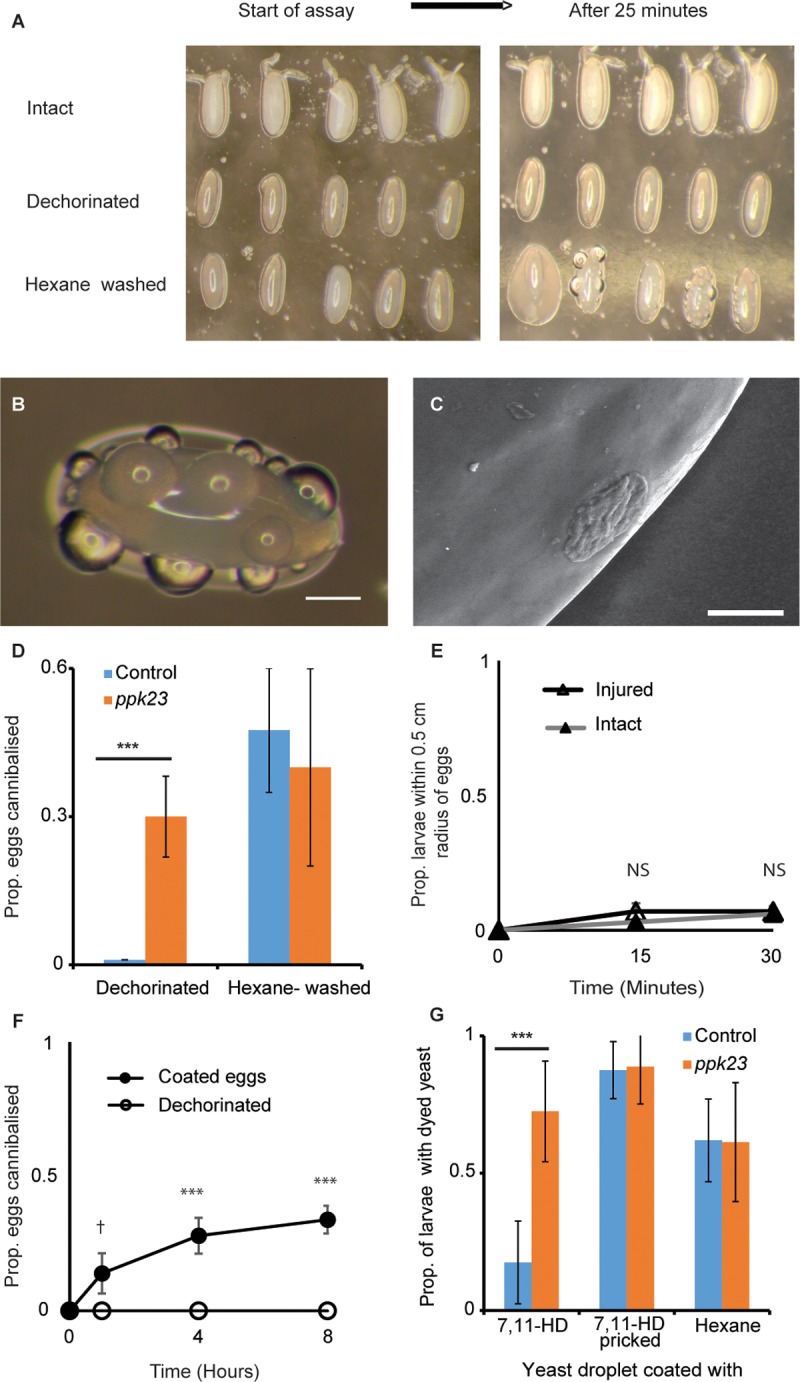Fig 3. Maternal hydrocarbons form a waterproof layer that prevents leakage of eggs.

(A) Egg contents leaking out of hexane-washed eggs but not from dechorinated or intact eggs when allowed to stand on an agar surface for over 25 min (n = 10 eggs/treatment). (B) Egg contents leak through the vitelline membrane in the form of tiny droplets; bar = 100 μm. (C) Cryo-electron scanning of an egg leak showing egg contents permeating through the vitelline membrane; bar = 20 μm. (D) Proportion (mean ± SD) of dechorinated (dark bars) and hexane-washed (light bars) eggs cannibalized by Canton S and ppk23 mutant larvae (ANOVA: n = 4 replicates, 10 eggs/replicate). (E) Larvae do not differentiate injured (open triangle) and intact (closed triangle) eggs in a simple choice assay and do not get attracted to injured eggs (n = 5 replicate plates; ANOVA, F1,8 = 0.78, p = 0.404). (F) Larvae cannibalize only dechorinated eggs coated with egg contents of injured eggs (closed circle) but not dechorinated eggs (open circle); (mean ± SE; n = 5 replicate vials/treatment; ANOVA, F1,8 = 129.2, p < 0.0001). (G) Larval feeding (mean ± SD) is significantly reduced when yeast droplets are coated with 7,11-HD than when coated with the solvent alone (hexane); feeding is, however, completely restored when the 7,11-HD layer is pricked (n = 8 replicate Petri plates/treatment). Furthermore, 7,11-HD coated on yeast droplets does not inhibit feeding in ppk23 mutant larvae (mean ± SD) and is not different than when coated with solvent alone (hexane). However, feeding on yeast is further facilitated when the 7,11-HD layer is pricked (ANOVA; n = 8 replicate Petri plates/treatment). Also see S6 and S7 Figs. ***p < 0.0001, **p < 0.001, †p < 0.1. Data underlying this figure can be found in S1 Data. NS, not significant; ppk23, pickpocket 23; 7,11-HD, 7,11-heptacosadiene
